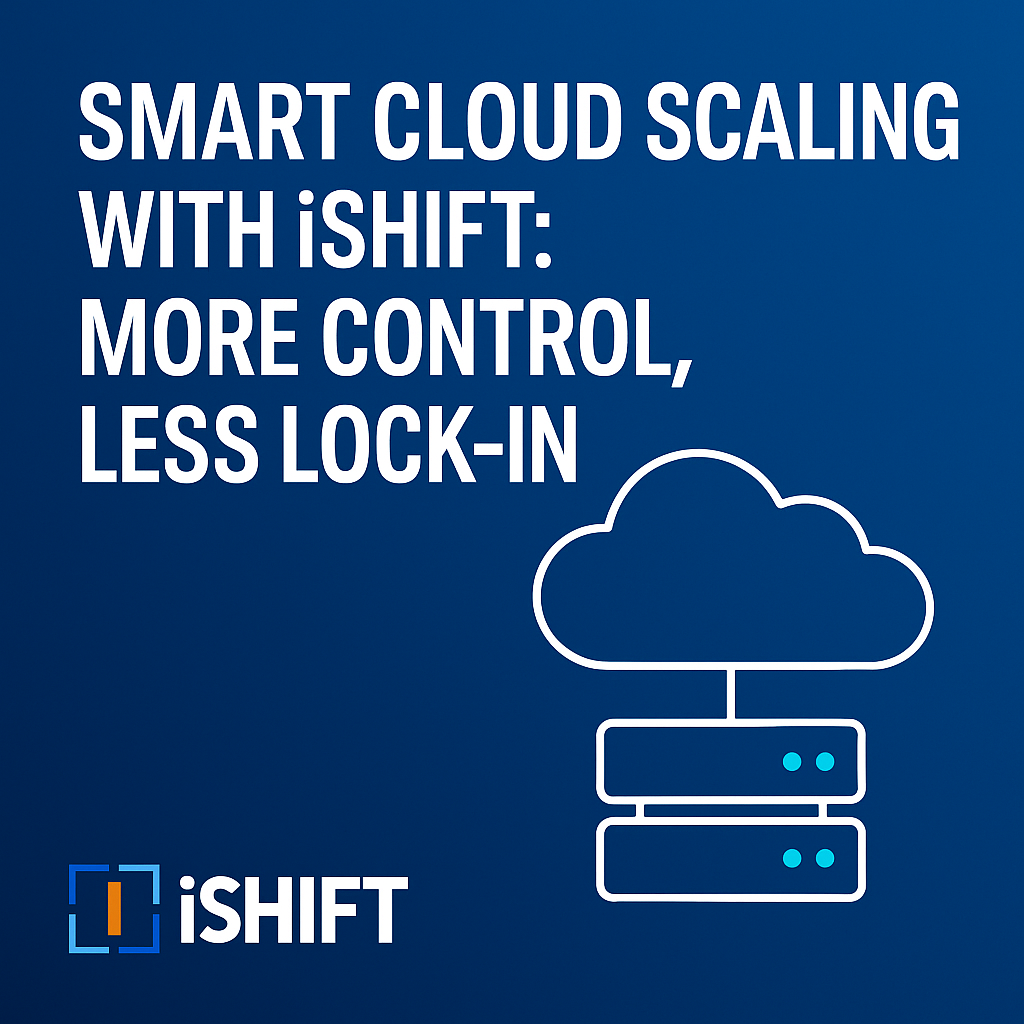The IT infrastructure world is in a whirlwind. Moreover, if you’re not one of the top 200 “named accounts” on Broadcom’s radar, you’re likely feeling the squeeze from the VMware acquisition. Licensing shifts, abrupt partner program changes, and shrinking support channels have created a palpable sense of uncertainty for mid-sized enterprises and service providers who once considered VMware their bedrock.
However, let’s shift perspective for a moment. This isn’t just disruption: this is your opportunity for true strategic transformation. It’s time to rethink the very foundation of your data center and make a deliberate move toward a more cost-effective, future-ready, and scalable architecture. At its core, this strategic decision often boils down to two distinct paths: Hyper-Converged Infrastructure (HCI) or Disaggregated Infrastructure.
Understand the Options
Hyper-Converged Infrastructure (HCI): The Simplified Powerhouse
Imagine trading a cluttered stack of separate servers, storage arrays, and network devices for one sleek, high-tech, all-in-one machine. That’s the essence of HCI. It simplifies your IT setup by combining compute, storage, and networking into a single, software-defined platform, all managed through one intuitive interface.
This makes HCI incredibly easy to set up, manage, and scale. It’s a game-changer for lean IT teams, remote offices, and organizations craving agility. While VMware has its vSAN, robust alternatives from vendors like Platform9, Nutanix, and Red Hat OpenShift often offer greater simplicity, flexibility, and optimized economics.
Real-World Use Cases where HCI is delivering tangible results
- Healthcare System Modernizing Legacy Infrastructure: A regional hospital in Arizona replaced its aging VMware environment with Nutanix HCI. With limited IT staff and a need for 24/7 uptime, HCI enabled them to consolidate servers and storage, reducing data center footprint and cutting deployment times in half. Their IT director called it “a breath of fresh air—more modern, less brittle.”
- Retail Chain with Hundreds of Remote Stores: A national retail brand with over 300 locations adopted HCI to support point-of-sale systems, inventory databases, and in-store apps. Instead of managing disparate hardware in each store, they deployed HCI nodes that could be centrally managed and updated remotely. This simplified IT support and reduced costs.
- County Government Simplifying Disaster Recovery: A local government agency moved critical applications and disaster recovery plans to an HCI platform (Platform9 + Kubernetes + Ceph). They automated backups, slashed recovery times after outages, and gained a far simpler interface for managing their infrastructure—all without needing to grow their IT team.
- Biotech Startup Scaling Quickly: A biotech company running high-performance genomics research adopted HCI to rapidly scale compute power. With HCI, they could spin up new environments in hours instead of days, avoiding heavy investment in complex, traditional storage systems.
Disaggregated Infrastructure: Precision & Scalability at Scale
Disaggregated infrastructure is essentially the traditional, optimized model – separating compute (servers), storage, and networking so each component can be independently scaled, upgraded, or managed. Instead of an “all-in-one” solution like HCI, disaggregated models empower you to select the best-of-breed tools for each layer.
This approach offers unparalleled granular control and superior performance for highly specific or demanding workloads. While it demands greater IT skill and coordination, its benefits, particularly for specialized enterprise workloads, often translate to lower long-term costs and optimized ROI.
Key Advantages of Disaggregated Models:
- Independent Scaling: Precisely add storage without unnecessary compute, or vice-versa.
- Performance Tuning: Fine-tune hardware for demanding applications like AI/ML or big data analytics.
- Vendor Flexibility: Mix and match best-of-breed products across compute, storage, and networking.
- Long-Term Cost Efficiency: Often yields better ROI at very large scales or with highly customized builds.
Scenarios where a Disaggregated Approach Provided Advantages
- Gaming Studio Needing GPU Power: A large gaming studio in Arizona recently split compute and storage as part of a Kubernetes-driven modernization. Moving away from VMware, they adopted a disaggregated setup using Ceph for storage and bare-metal servers for GPU-heavy AI projects managed with Platform9. This allowed them to scale GPU power precisely without over-investing in unused storage.
- Financial Services Firm Handling Massive Transactions: A financial services company running real-time trading platforms used disaggregated infrastructure to achieve ultra-low latency and fine-tune performance. They built a custom stack using Dell EMC storage, Cisco UCS compute, and Arista networking, which HCI couldn’t match for granular control.
- AI/ML Lab Building a Private Cloud: A university research lab running AI/ML workloads required highly scalable compute and fast object storage. They built a disaggregated private cloud using OpenStack and Kubernetes, leveraging NVMe storage and bare-metal servers. This provided complete control over hardware utilization and the flexibility to evolve systems over time.
Why This Matters for VMware Customers (It’s Not Just about Price)
Broadcom’s post-acquisition strategy has sent a clear message: unless you’re a Fortune 200 enterprise on their “named account” list, your strategic priorities may no longer align.
- Licensing changes are pushing many to subscription-only models, often with significant price increases and less flexible terms.
- Partner program cancellations are shrinking the vital support and expertise ecosystem that mid-sized businesses relied upon.
- Product consolidation is narrowing the flexibility and modularity that made VMware so appealing.
Organizations that once counted on vSphere and vSAN now face uncertainty, unexpected costs, and a potential reduction in innovation capabilities. That’s why so many are seizing this moment to reevaluate… and proactively migrate.
When to Choose HCI
Consider HCI if your priorities are:
- Simplified management and rapid time-to-value.
- Small or overstretched IT teams needing efficiency gains.
- Deploying in remote or edge locations with limited on-site IT.
- Migrating from vSAN and seeking a similar, unified experience with better economics.
Best suited for: Healthcare, Retail, Government agencies, Mid-sized enterprises modernizing legacy workloads.
When to Choose Disaggregated Infrastructure
Opt for a disaggregated approach if your needs demand:
- Granular performance tuning for specific applications.
- Running large-scale AI/ML, complex databases, or advanced analytics.
- Independent scaling of storage and compute resources.
- Building a private cloud with container-native workloads at its core.
Best suited for: SaaS providers, AI startups, Financial services, Enterprises with robust DevOps and SRE teams.
Closing Thought: Don’t Just Migrate Later. Migrate Smarter.
The VMware ecosystem is undergoing rapid, fundamental shifts, and the changes are not favoring mid-sized organizations. Now is the opportune moment to critically reevaluate your infrastructure strategy.
Whether HCI or disaggregated infrastructure is the optimal fit depends entirely on your unique business needs and long-term goals. However, staying tethered to a potentially brittle, increasingly costly, and less flexible ecosystem is likely the wrong move – unless you’re among the select few enterprises Broadcom is actively prioritizing.
At iShift, we specialize in guiding organizations through this critical transition. We help clients navigate away from VMware, modernize their data centers, and design infrastructure that is truly agile, cost-effective, and cloud-ready. Whether you’re considering Nutanix, Platform9, or a custom disaggregated stack, we can help chart the most effective course for your future.
The bottom line is: a strategic move away from VMware might just be your smartest first step towards unlocking that future.
Ready to explore your options and build a resilient foundation?
Let’s schedule a 30-minute discovery call. We’ll walk through your current infrastructure, challenges, and collaboratively outline a pragmatic, VMware-free roadmap tailored for your team.



